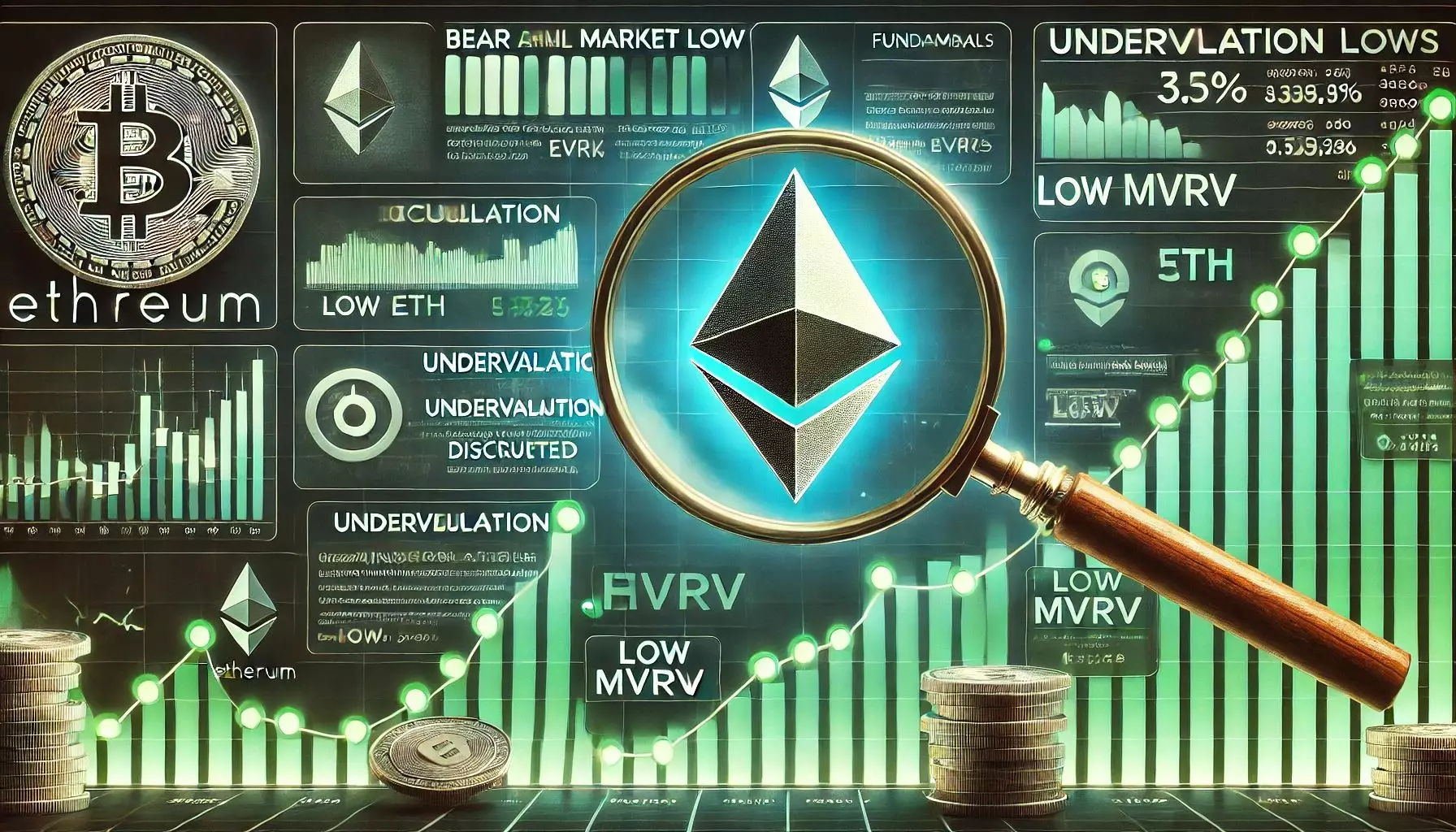Ethereum, the second-largest cryptocurrency by market capitalization, finds itself in a precarious position amidst a stark decline of over 21% from its psychological threshold of $2,000. The significant drop, especially after a series of relentless selling pressures, has sparked a whirlwind of discussion among investors and analysts alike. Proponents of Ethereum often argue about its robust on-chain fundamentals, yet the market seems to dismiss those strengths in favor of short-term trends and market sentiment. This divergence raises critical questions: Is the volatility we are witnessing a mere reflection of bearish market sentiment, or are there deeper forces at play?
Stable, Yet Struggling
Despite the price fluctuations, the chain’s fundamentals remain impressive. Ethereum is the backbone of decentralized finance; it handles more than 95% of all stablecoin transactions while leading the Total Value Locked (TVL) metrics across various DeFi and Real World Asset (RWA) protocols. However, these metrics seem to be lost on investors, who appear to be collectively hitting the “sell” button rather than embracing an asset that continues to showcase utility and innovation. This lack of confidence among short-term traders is troubling, particularly when examined against the network’s potential for future growth.
Utilitarian Value vs. Market Manipulation
The Ethereum network is often lauded for its technological advancements and applications within the decentralized domain, notably being the only altcoin with an approved spot Exchange-Traded Fund (ETF) in the United States. Yet, the recent market sentiment borders on cynical, as questions of potential manipulation loom. Could the prolonged suppression of Ethereum’s price be an orchestrated event designed to shake out weaker investors? While some analysts predict that this market phase could offer strategic accumulation opportunities for long-term holders, it’s alarming how susceptible market value is to speculative forces. This is where the complexity of crypto market dynamics flares into view: an asset on the cutting edge of utility falters under the weight of investor sentiment.
Macro Influences and the Crypto Climate
Beyond individual assets, the broader geopolitical climate casts a long shadow over the crypto landscape. Heightened tensions, particularly between the United States and China, exacerbate investor anxiety that ripples through all high-risk assets, including cryptocurrencies. The extended trade war and tariffs create a treacherous environment for investors seeking safe havens. With Bitcoin and Ethereum both exhibiting correlated volatility to traditional market risk factors, traders find it daunting to engage with what has typically been viewed as a disruptive asset class.
The Technical Battleground: A Point of Decision
Ethereum currently floats in a technical battleground defined by resistance and support levels hovering between $1,500 and $1,800. For traders, this corridor is crucial, functioning as a pivot point that could dictate future price movements. The 200-day Moving Average, found near the upper end of this range, serves as a beacon for bulls yearning for a trend reversal. A clean break above these levels could not only restore confidence but also convert sentiment from fear to a renewed appetite for risk. However, failure to maintain current support levels could potentially plunge the asset below the $1,500 mark, further heightening concerns.
Time to Reassess Beliefs
Despite the dismal market atmosphere, there remains a compelling argument for sticking with Ethereum through its challenges. Ted Pillows, a prominent analyst, emphasizes that believing in Ethereum’s fundamentals might ultimately reward those willing to endure market volatility. Yet, this conditional optimism requires one’s faith to withstand the relentless onslaught of negative sentiment. The strength of Ethereum lies not just in its immediate price performance but in its long-term outlook fueled by transformative upgrades that aim to enhance scalability and reduce transaction costs.
Activating confidence among investors hinges on both external macroeconomic factors and internal signaling from the Ethereum network itself. As upgrades roll out, how the market reacts will indeed be telling. In moments of uncertainty, it appears prudent for wise investors to scrutinize not just the underlying technology, but also investor behavior. Embracing a dual lens of technological understanding and market psychology is vital as we tread through these turbulent economic waters.
In the impending showdown around the $1,500 to $1,800 price range, only time will tell whether Ethereum can reclaim its stature, or if the current downtrend will turn into a prolonged bear market. Thus, the crypto community watches closely, grappling with the question: is this a momentary blip, or a deeper sign of systemic issues yet to be addressed?
















Leave a Reply